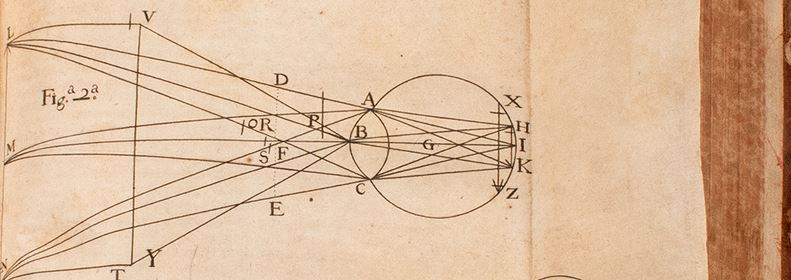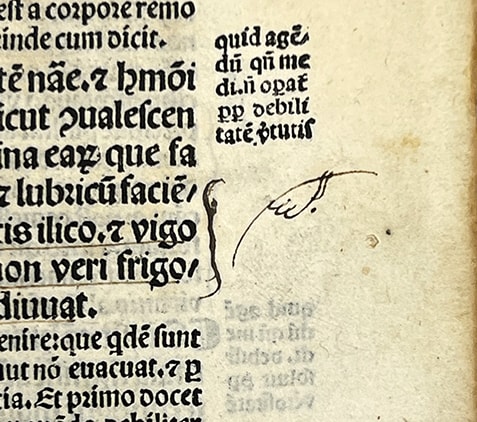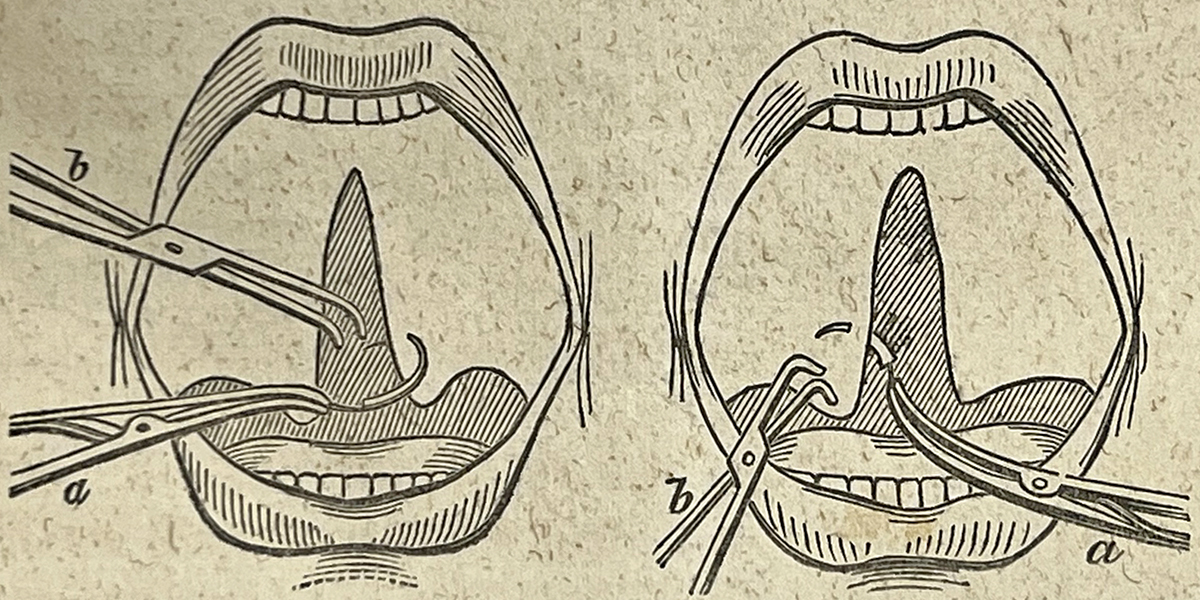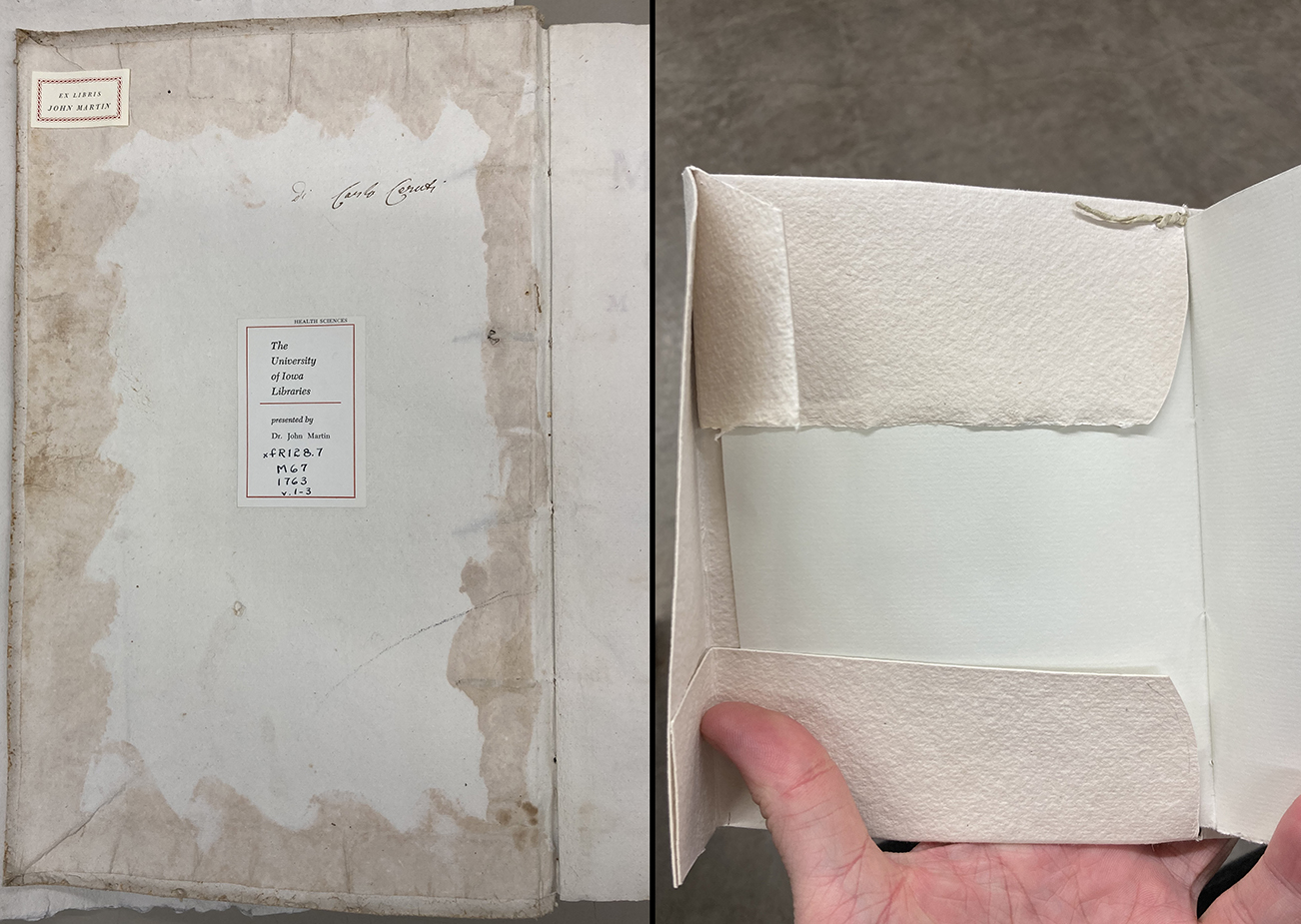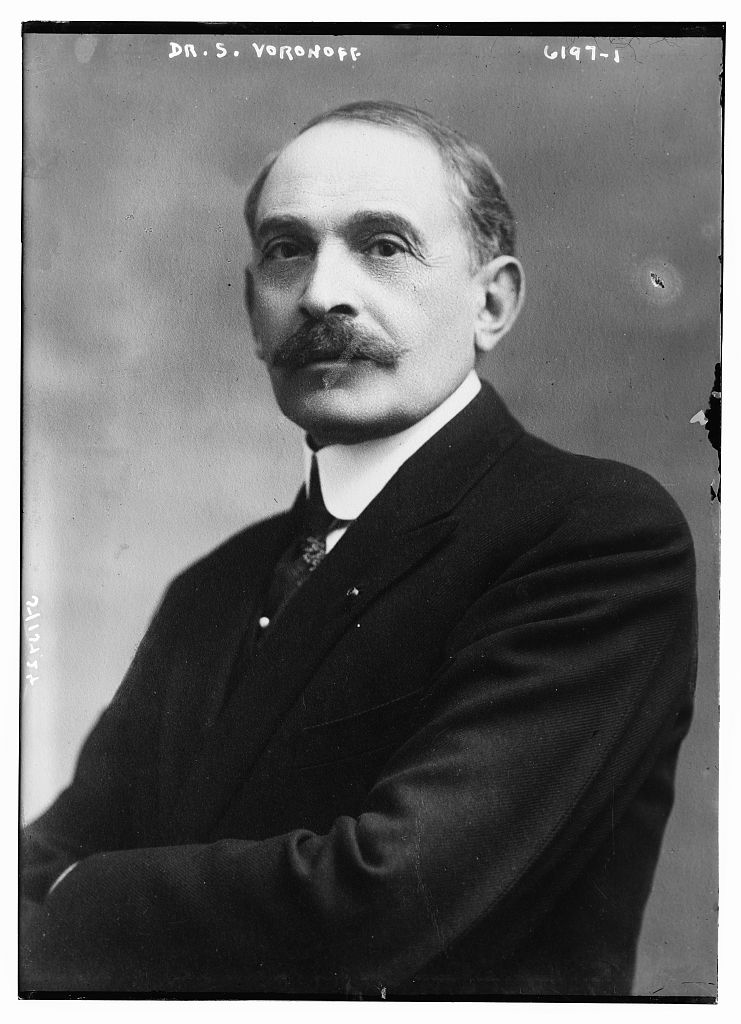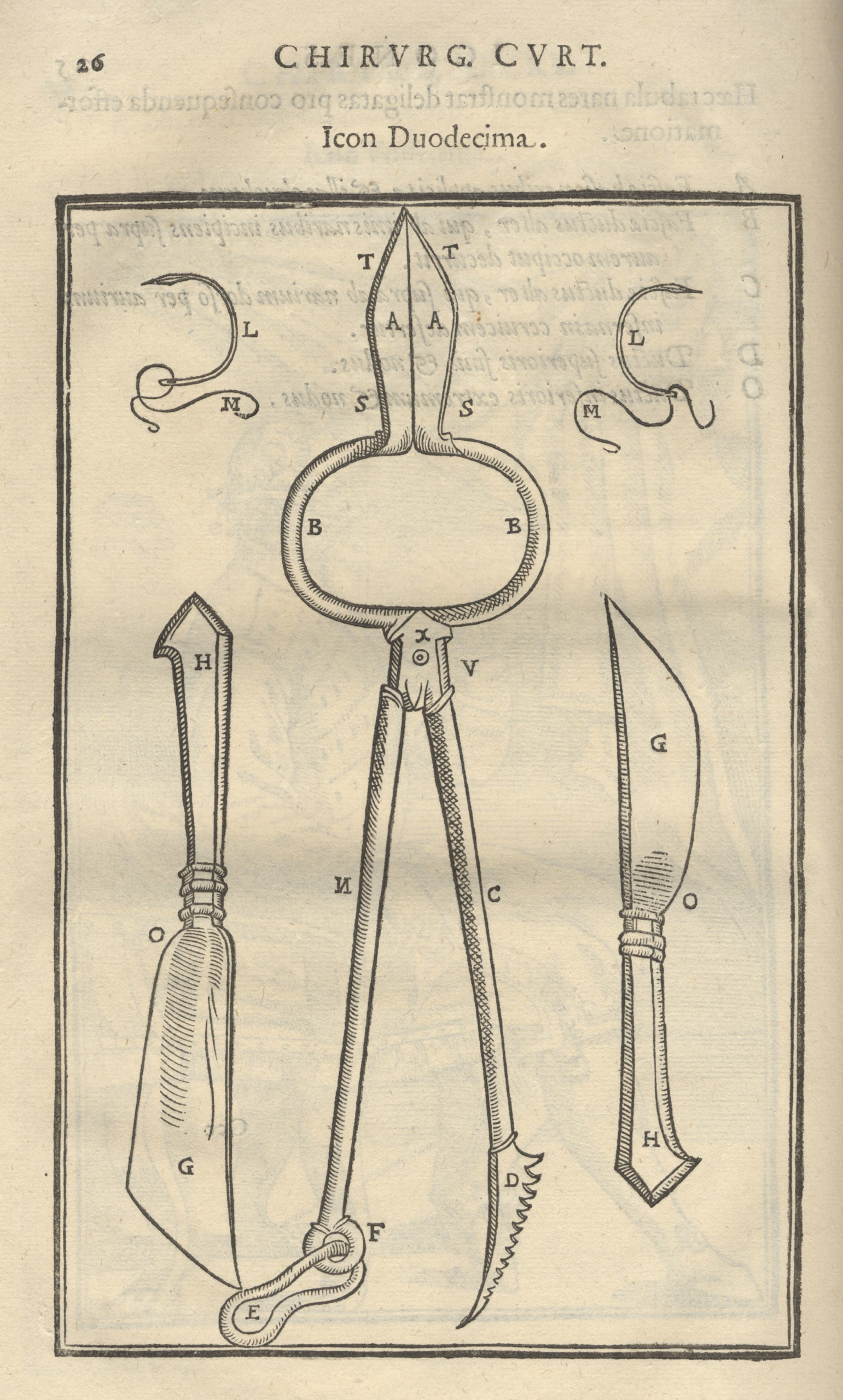BLANCO, MANUEL (1779–1845). Flora de filipinas. Printed in Manila at the Santo Tomas press, 1837. 21 cm tall. Manuel María Blanco Ramos was born on Nov. 24, 1779, in Navianos de Alba, a small village in the province of Zamora, Spain. Blanco grew up in Spain, influenced by King Charles III’s commitment to humanism andContinue reading “19th Century Philippines Herbal | July 2024 Book of the Month from the John Martin Rare Book Room @Hardin Library”
Tag Archives: history of medicine
Absolutely Fab-rius | Notes from the John Martin Rare Book Room @Hardin Library
Damien Ihrig, MA, MLISCurator, John Martin Rare Book Room Over time, books can start to show their age. All kinds of things take their toll on a book – fire, pollution, pests, and acidic inks, to name a few. Mostly, though – and this makes me very happy – books just get used. And thatContinue reading “Absolutely Fab-rius | Notes from the John Martin Rare Book Room @Hardin Library”
The History of Women’s Health & Women Practitioners in Midwest | John Martin Rare Book Room Open House & Lecture | Greta Nettleton, Speaker | Wed. May 3
Join Hardin Library staff for the Annual John Martin Rare Book Room Open House featuring a lecture by Greta Nettleton. Wednesday, May 3 Open House, 3-6pm, John Martin Rare Book Room, 446 Hardin Library, 600 Newton Road, Iowa City Greta Nettleton Lecture, 6-7pm, Room 401 Hardin Library The open house will highlight historical works onContinue reading “The History of Women’s Health & Women Practitioners in Midwest | John Martin Rare Book Room Open House & Lecture | Greta Nettleton, Speaker | Wed. May 3”
Damien Ihrig | Curator | Waste Not, Want Not: Exploring the Binder’s Waste of the John Martin Rare Book Room | Video available
Damien Ihrig is the Curator for the John Martin Rare Book Room (JMRBR) in the Hardin Library for the Health Sciences at the University of Iowa. He works with researchers of all ages and from various backgrounds to find and use information on the history of the health sciences. He also manages the collection of rareContinue reading “Damien Ihrig | Curator | Waste Not, Want Not: Exploring the Binder’s Waste of the John Martin Rare Book Room | Video available”
Popular Pharmacy Handbook of Medieval Europe | November Book of the Month from the John Martin Rare Book Room @Hardin Library
by Damien Ihrig, Curator, John Martin Rare Book Room @Hardin Library MESUË THE YOUNGER (fl. ca. 1200?). Canones universales. First Giunta edition. Printed in Venice by Luca-Antonio Giunta, 1527. 388 leaves. 32 cm tall. Mesue’s works were an immediate hit. Some of the most famous western physicians of the time, including Petrus de Abano and Mondino dei Luzzi, wrote commentaries on Mesue’s work. Canones,Continue reading “Popular Pharmacy Handbook of Medieval Europe | November Book of the Month from the John Martin Rare Book Room @Hardin Library”
Jonathan Reeder | Researcher in Ancient Mental Health | History of Medicine | Video Available
Jonathan Reeder is a visiting assistant professor in the Department of Classics at the University of Iowa. He teaches courses in ancient medicine and a variety of others concerning the ancient world. His research centers on the interface between medicine and philosophy in Greek and Latin literature. Currently his focus is on ancient approachesContinue reading “Jonathan Reeder | Researcher in Ancient Mental Health | History of Medicine | Video Available”
1843 American Cleft Palate Surgery Book | Thomas Dent Mütter | from The John Martin Rare Book Room @Hardin Library
by Damien Ihrig, MA, Curator John Martin Rare Book Room MÜTTER, Thomas Dent (1811–1859). A report on the operations for fissures of the palatine vault. Printed in Philadelphia by Merrihew & Thompson, 1843. 28 pages. 23 cm tall. The Mütter Museum in Philadelphia is celebrated for its collection of anatomical specimens of rare conditions, from the famous (and infamous), asContinue reading “1843 American Cleft Palate Surgery Book | Thomas Dent Mütter | from The John Martin Rare Book Room @Hardin Library”
Conservator’s Corner | Saving The Morgagni
By Beth Stone, MFA Collections Conservator, University of Iowa Libraries When volumes arrive in conservation, the first step is a quick assessment. Often this entails physical inspection of a cart of 30-80 items, ticking off from a checklist of the most common repairs or housings we provide. When an individual item is shuffled to aContinue reading “Conservator’s Corner | Saving The Morgagni”
Quack Transplant and Endocrinology Medicine | Serge Voronoff | January Book of the Month from the John Martin Rare Book Room @Hardin Library
VORONOFF, SERGE (1866-1951). Étude sur la vieillesse et la rajeunissement par la greffe. [Research on aging and rejuvenation by transplantation] Printed in Paris by Octave and Gaston Doin in 1926. 23 cm tall. Signed copy. Voronoff was born in Russia and studied medicine in France. He studied with the transplant pioneer, Alexis Carell, eventually becomingContinue reading “Quack Transplant and Endocrinology Medicine | Serge Voronoff | January Book of the Month from the John Martin Rare Book Room @Hardin Library”
December 2021 Book of the Month from the John Martin Rare Book Room @Hardin | Early Italian Facial Plastic Surgery
TAGLIACOZZI, GASPARE(1545-1599). De curtorum chirurgia per insitionem. Apud Gasparem Bindonum, juniorem, 1597. 32 cm tall. Tagliacozzi studied under Girolamo Cardano at the University of Bologna. After graduating, he became a professor of surgery and anatomy at Bologna. This work, “Concerning the surgery of the mutilated by grafting,” is a classic in the history of plastic surgery and isContinue reading “December 2021 Book of the Month from the John Martin Rare Book Room @Hardin | Early Italian Facial Plastic Surgery”

